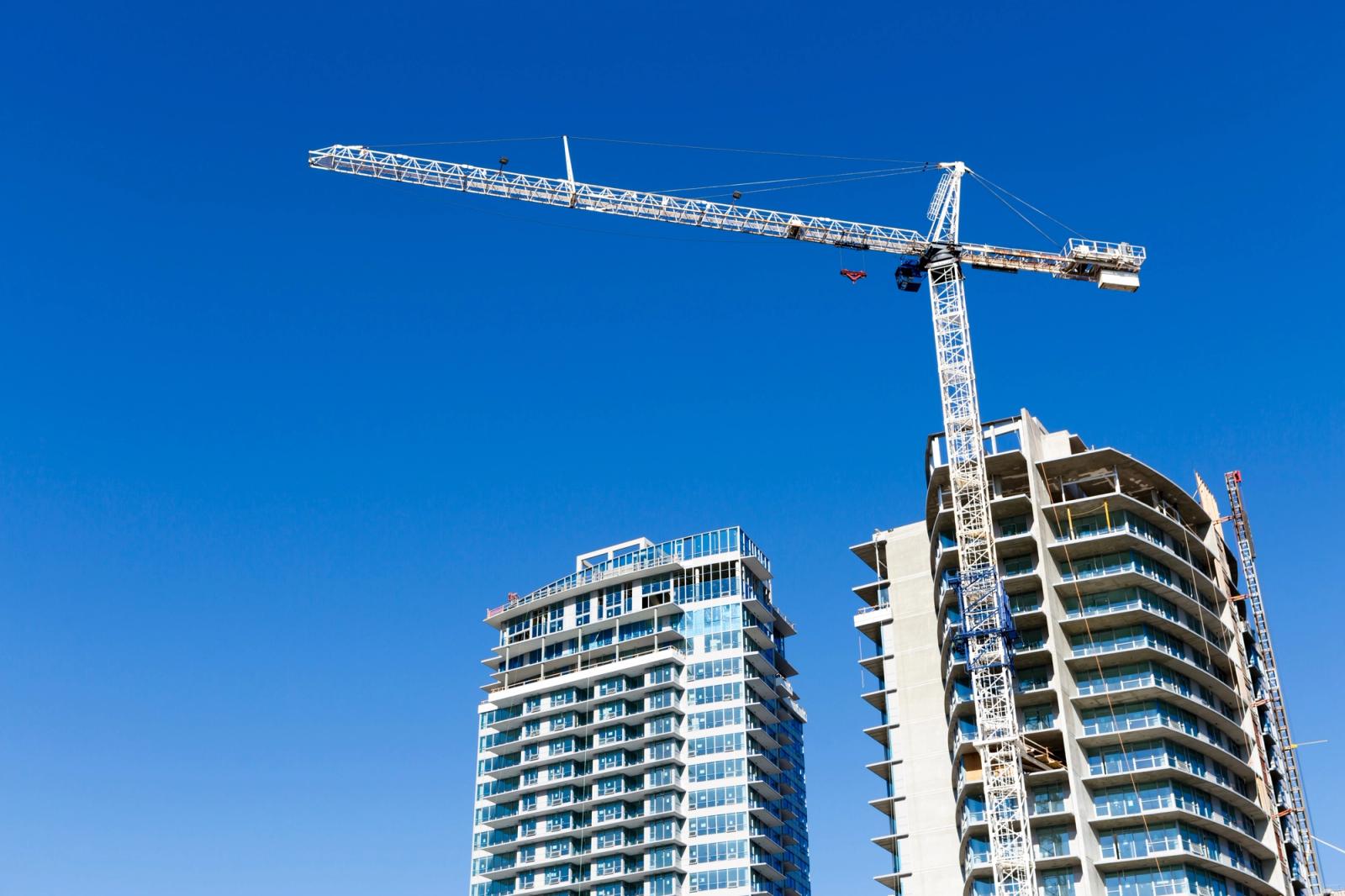Do we need all these friggin' condos?

A condo tower under construction in Vancouver (Shutterstock)
The Topline
- Condo sales have cratered – down 75 per cent in Toronto and 36 per cent in Vancouver since 2022
- New development projects in both cities have been paused or cancelled, and pre-sales have declined, with Toronto down 55 per cent
A symptom, not a solution
These condos we’re talking about were never designed as homes. They’ve always been financial instruments.
Back in 2022, 64.5 per cent of new condominium apartments under 600 square feet in Toronto were investment properties . They weren’t built for living – they were built for flipping, leveraging, or parking foreign cash. Vancouver, which has once agai n beat Toronto for the country’s most unaffordable city, is much the same.
Politicians, of course, endorsed the construction of these projects for close to two decades because condos boost GDP, pad property-tax rolls, and offer a veneer of progress on housing targets, among other benefits, even when they don’t offer the kind of housing people can actually use long-term. Twenty years ago, this maybe made more sense, if you looked at it the right way. But these days, in 2025? Not so much.
The condo boom hasn’t solved any of the problems that developers or politicians have claimed – that densified cities would alleviate both the housing shortage and the affordability crisis. In theory, the idea makes sense – the more inventory on the market puts downward pressure on prices and everyone wins (developers especially).
It hasn’t worked out that way for a host of wildly complicated reasons – this issue is seriously complicated – and affordable housing is still unattainable for many, even as prices are starting to come down.
And yes, this glut of unsold condos does mean that there are units available that people could move into if they wanted. But the simple fact is that no one does want them – at least not right now. The value’s not there. They’re too expensive for investors to yield any return , while regular working people can’t justify the cost for a unit that’s ultimately designed to grow out of, not into.
The industry calls these units “entry-level,” but entry to what, exactly? Yes, the costs for developers to deliver a unit are high – land value has sky-rocketed in both cities, and the cost of materials has ballooned since COVID. But they still need to meet the needs of the end user. If I’m paying $800,000 for a home, it should be a next-step home, too – something I can stay in, build a life in, maybe even raise a couple kids in.
Instead, people end up trapped in starter units that barely have space for a dining table. And right now, owners can’t even sell them.
So what?
Do we need all these condos? Well, obviously not, because if we did they would be occupied. Instead, we built a bunch of housing stock that doesn’t fit the needs of our population, because the industry prioritized the needs of investors. Duh.
They’re an essential part of the equation
Toronto and Vancouver absolutely need condos. We just can’t keep pretending condos alone will fix the housing crisis.
Both cities face land constraints, hemmed in by geography and politics, and condos remain the most efficient way to house large numbers of people near jobs, transit, and existing infrastructure.
Without new condos, prices would almost certainly climb even faster. Look at San Francisco, which permitted almost no new housing between 2015 and 2021 and has become a global cautionary tale in unaffordability. By 2021, rents had soared 50 per cent, and home prices had risen 80 percent — proof that “not building” annihilates affordability altogether.
B.C. alone faces a shortfall of at least 500,000 homes needed to meet population growth. The NDP government’s new multiplex plan, which allows up to four units on any residential lot, is a start – though it might in fact be a false start. The policy hasn’t caught up with either construction capacity or financing reality, and small builders can’t easily navigate the approvals or costs required to make those projects viable.
So yes, we need condos, but that doesn’t mean condo towers are a magic wand. Journalist Frances Bula told CKNW recently , fixing the housing crisis is “a 20-pronged effort.” It requires multiplex units, mid-rise rentals, government subsidies for affordable homes, and non-profit and co-op models that actually serve people who need homes, instead of investors.
Even inside the condo market, the product itself has to evolve. The glut of micro-units was never sustainable, and now we’re facing the reality of that. So what do we do about it? That’s a tough question, and ultimately it requires governments and developers to invest more – or shave off some of tha t 12-to-20 per cent profit margin – to meet the demand where it is.
The alternative – and likely the reality, given what we know about developers in a capitalist society – is developers will sit on these units until the market improves. If it improves to the point where these companies can make a suitable return.
It’s grim stuff, man. But it doesn’t negate the fact that new condos are a necessary part of the fix, alongside mid-density zoning and real affordability policy across both metro areas.
So what?
In some ways, tiny new condos are better than no new housing at all. But even then, that won’t fix the affordability crises that Vancouver and Toronto are facing. Both cities need everything, all at once – which, like, good luck with that, right?
